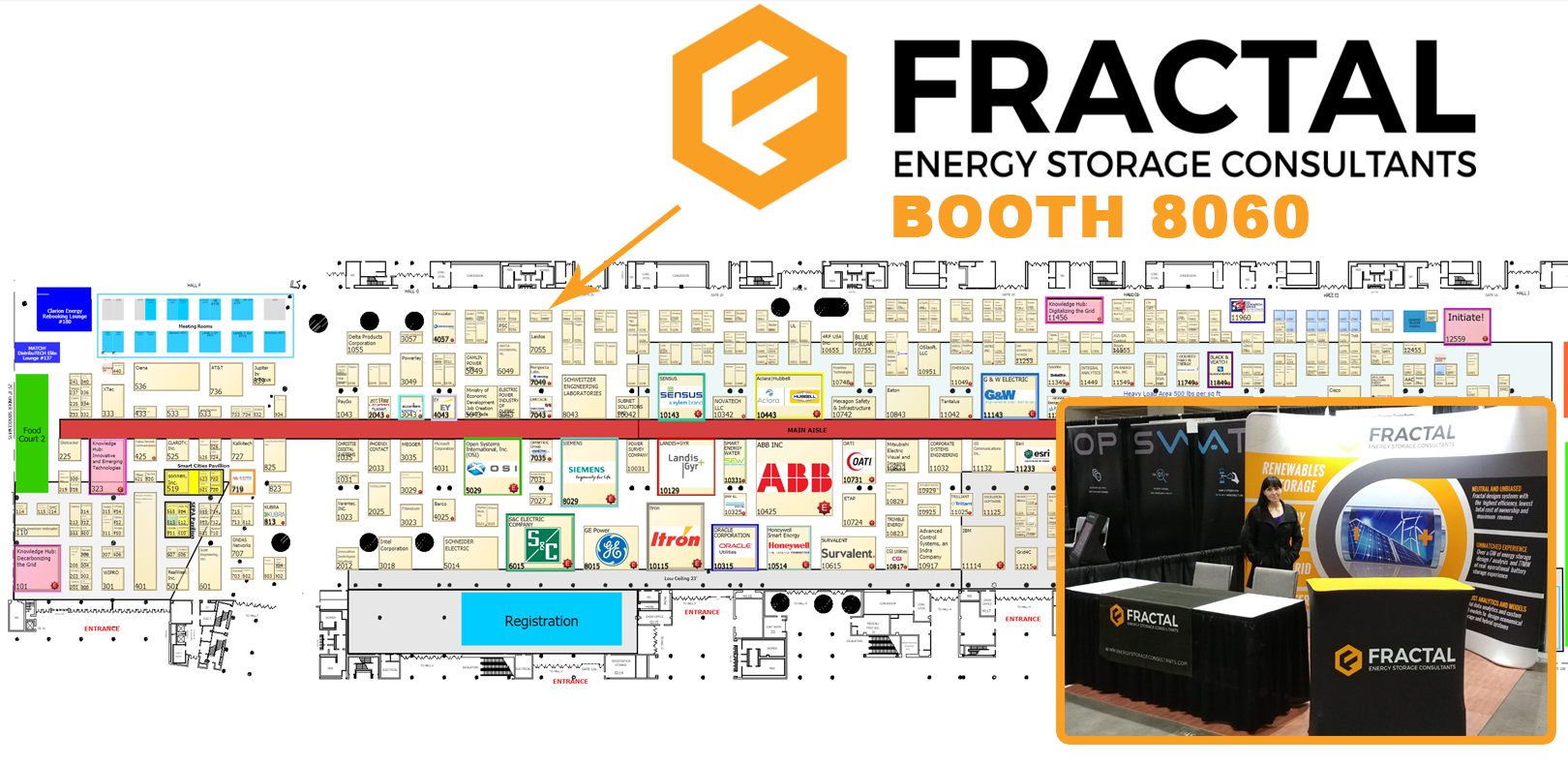
Schneider Electric announced the expansion of its microgrid project at Marine Corps Air Station (MCAS) Miramar in San Diego to boost resilience. A California Energy Commission (CEC) Electric Program Investment Charge (EPIC) grant will enable the $3.9 million project that will add energy storage to the solar, landfill gas and natural gas microgrid and integrate demand side management. Upon completion, it will incorporate a total of five distributed energy resources (DER) to maintain all critical facilities during grid outages and facilitate higher renewable penetration from landfill gas (LFG) generators. This move is part of Schneider Electric’s broad focus towards bringing resilience and sustainability to California.
Most microgrids deployed at large facilities like hospitals, university campuses, waste management infrastructure and military bases are built with the goal of bolstering resilience for critical infrastructure. Power outages at these types of facilities are costly and often impact operations, safety and support workers. However, these microgrid owners often use natural gas engines and diesel power generation as it is typically required for resilience in addition to renewables and storage. Strategic use of non-renewable generation will enable profitability that enables this resilience.
Part of the $5 million CEC EPIC grant awarded to University of California San Diego will allow Schneider Electric to equip the Miramar Corps Air Station microgrid with energy storage to be used in conjunction with existing renewable generators to create a firm, resilient, and carbon-neutral grid. By integrating new DER in conjunction with energy storage, the facility will better utilize its landfill gas resources while drastically reducing its future investment in legacy fossil infrastructure and enabling further renewable generation to meet the facility’s long-term resilience and sustainability goals.
“The microgrid is critical in allowing operations to continue if the utility power grid is compromised and this expansion will enable enhanced capability to enable financial benefit and power assurance,” said Mick Wasco, Installation Energy Manager, Marine Corps Air Station Miramar. “We’re excited to work with Schneider Electric to deliver a clean energy solution that both increases our power security and secures the wellbeing of our community.”
The Marine Corps Air Station Miramar microgrid was originally announced to be built in partnership by Schneider Electric and Black & Veatch in July 2016, and the expansion of the project will allow the facility to integrate LFG energy storage for additional resilience and sustainability. The microgrid, which is scheduled to be completed in 2019, is leveraging DER including 1.3 MW solar PV, 3.2 MW of converted landfill methane gas, and 6.45 MW of diesel and natural gas generation. The microgrid will also deploy a microgrid control system and operations center that enables autonomy of grid operations and DER switching when the grid is islanding for resilience.
read more



 Event Website:
Event Website: 







